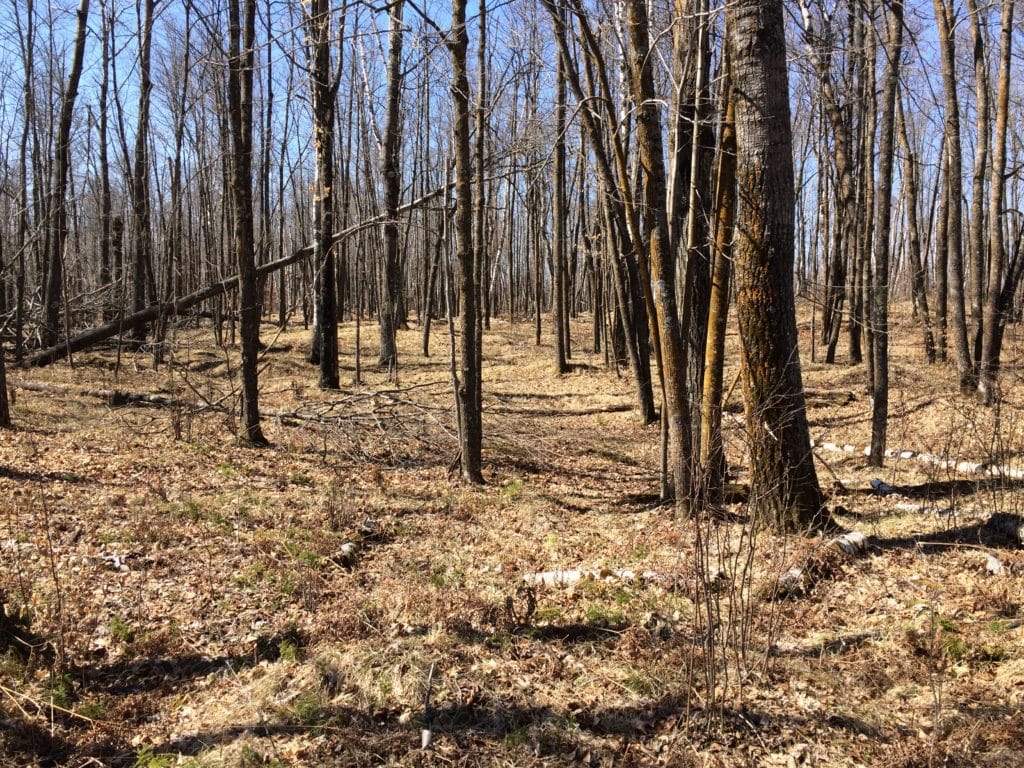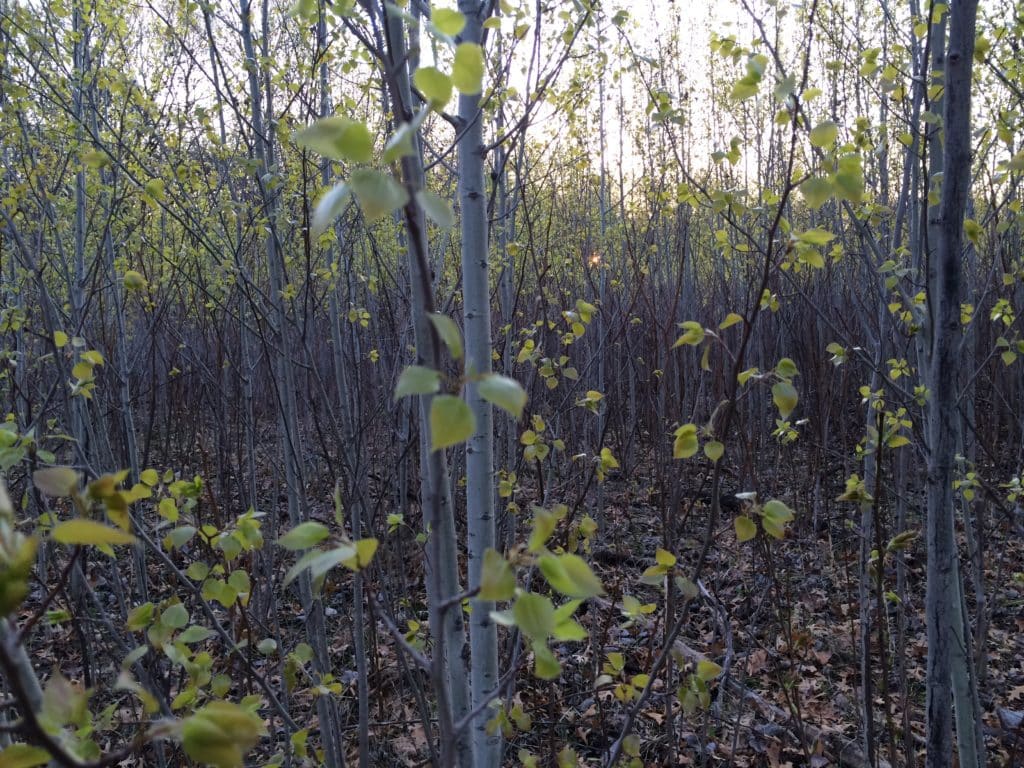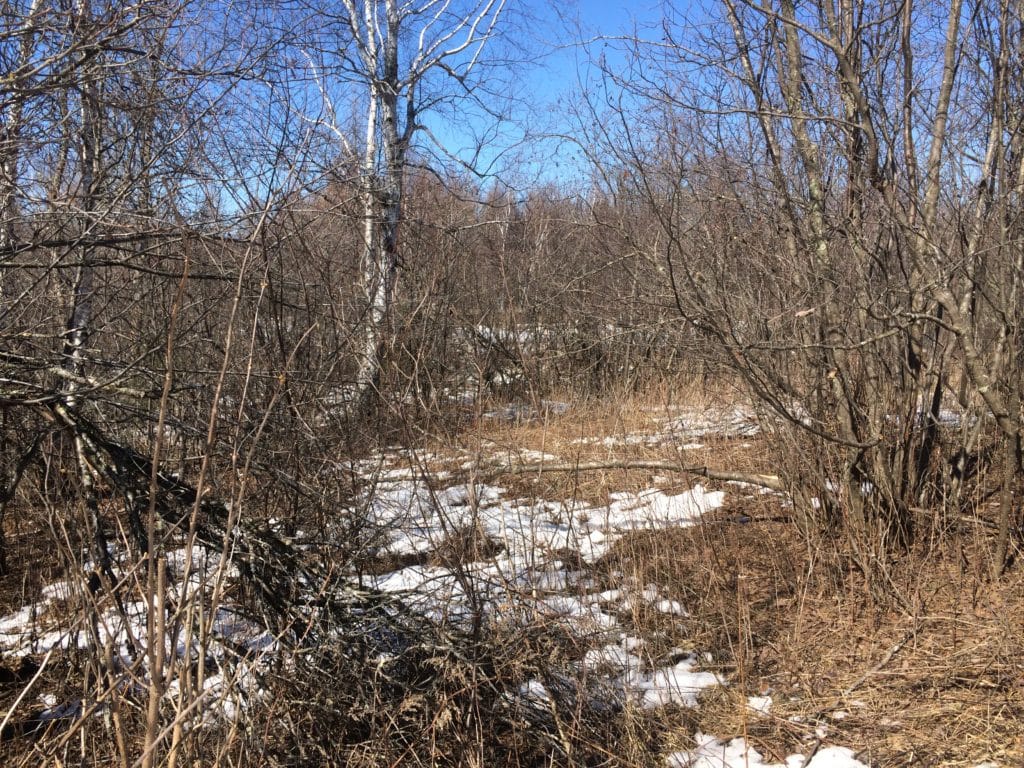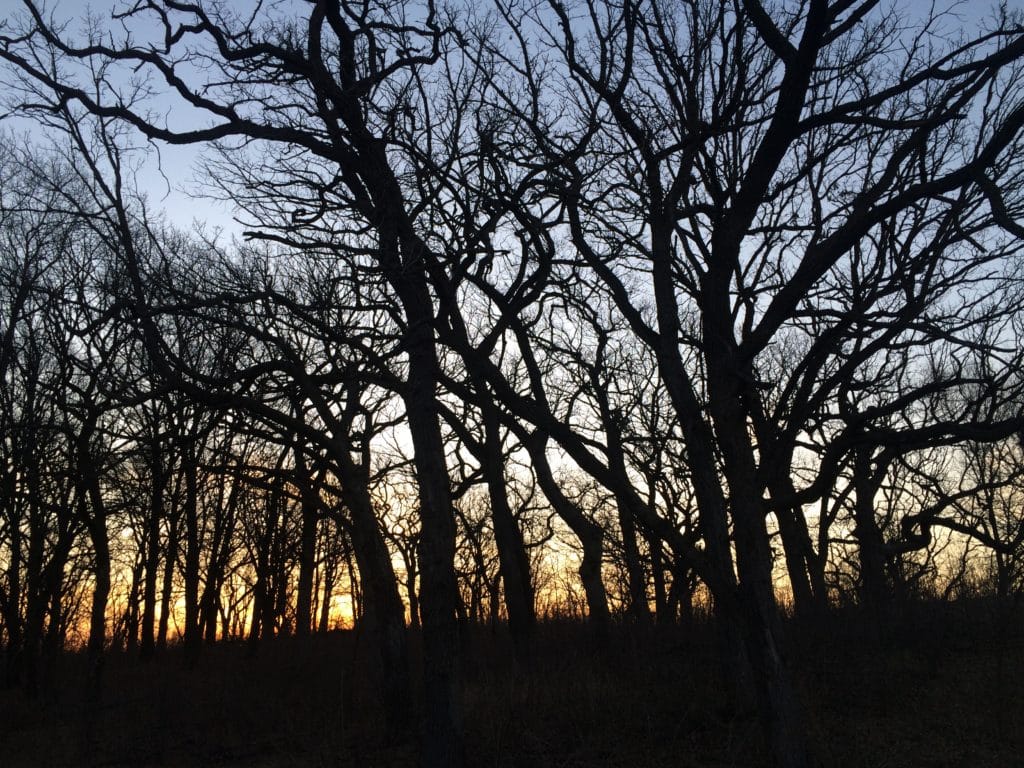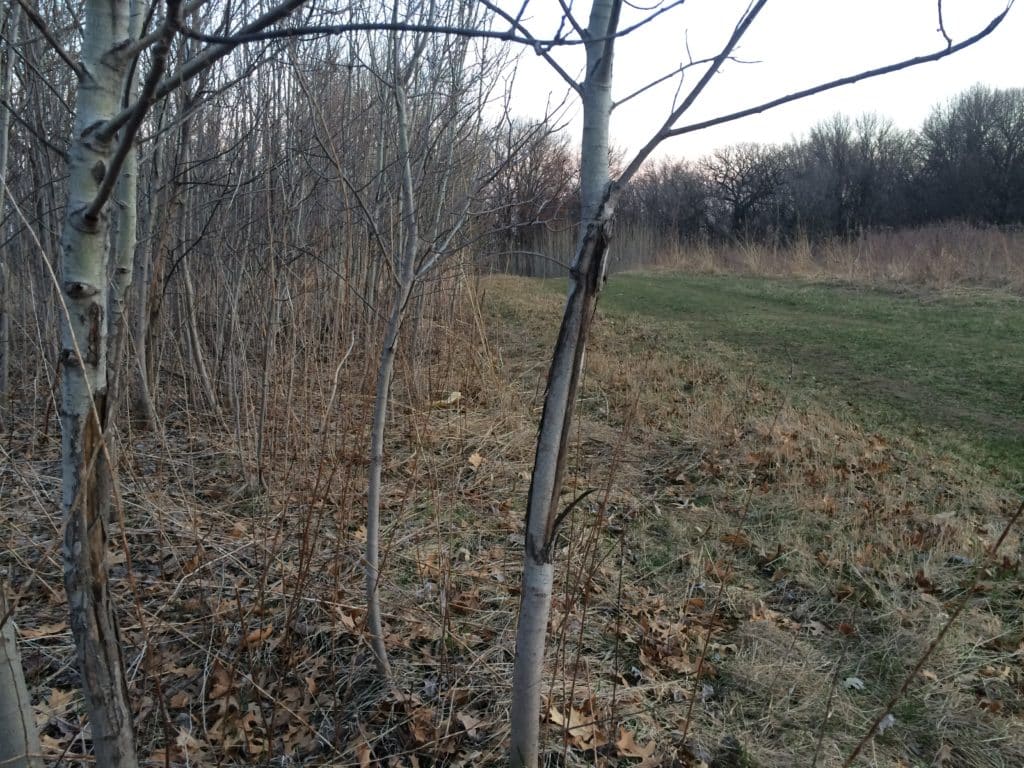Top 3 Things You Need to Know About Wildlife
It’s really hard to do something well unless you know all the details, isn’t it? I remember trying to put one of my daughter’s toys together without looking at the manual. No problem, I thought. Two hours later, I ended up cursing the maker of the toy and just about throwing the whole thing into the trash can. I didn’t, but more on that later.
It’s the same thing for hunting. Unless you know some of the hidden details about the wild animal you’re pursuing, it can be difficult to know where to look for them, figure out what they’re doing, or anticipate their movements. It’s still possible, but it’s kind of like blindly throwing a dart at a dartboard.
First, know that all living animals need three things to survive: food, water, and cover. If you can find where their preferred food is, locate a water source, and identify a habitat that’s inviting for them, you can usually find the animals pretty quickly. One thing you’ll want to do as you’re getting started is to get a field guide to the habitat types in your area, which will help you identify the right tree or shrub species that you need.
In this post, we’re going to look at some of the habits of five wild game species in the Midwest and eastern US, along with the habitat types that they use. These five species are relatively common throughout this range and are good animals for a new hunter to chase.
Gray Squirrel
Many people may not realize it, but squirrels are a very sought-after animal in the hunting community. You’re probably used to seeing them everywhere, but they can sometimes be challenging to hunt, especially once you move away from bold city squirrels that’ll mug you in the street (I’ve seen it happen).
Habits
Gray squirrels like to eat a variety of foods, including hard mast (“mast” can mean fruit or nuts; acorns, walnut/hickory nuts, etc.), soft mast (apples/crabapples, cherries, etc.), buds, bark, grasses, insects, and even baby birds or eggs! They are most active at dawn and dusk, but spend much of their day foraging on the forest floor and leaping through the forest canopy. You’ll often find them burying their food in the ground or stuffing it into crevices of trees, so that they can come back and eat it later.
Habitat
Gray squirrels are adapted to live in deciduous forests (maple, oak, basswood, etc.), where the leaves fall each autumn. They like to build nests in the open canopy using leaves and grasses, or will happily settle into woodpecker cavities or holes in the trees. Basswood trees make excellent squirrel nest trees because they tend to hollow out as they age. You’ll also find them in mixed coniferous/deciduous forests, but they tend to avoid strictly conifer forests, where their cousin the red squirrel starts to take over.
Ruffed Grouse
Ruffed grouse, also known as partridge, are usually associated with northern states (i.e., Minnesota over to Maine), but they can and do occur south of that line. Sometimes they are very challenging to hunt, and sometimes they will simply stand still until you can almost grab them with your hands. It depends on how much hunting pressure they’ve been exposed to in their lifetime.
Habits
Grouse live secretive lives that can usually only be witnessed by spying on them from a deer stand or from another concealed location. They dine on soft mast (crabapples, hawthorns, berries, grapes, dogwood berries, etc.), buds/catkins, twigs, clover/strawberry/aspen leaves, insects, and seeds. Grouse are fascinating creatures because they quickly swallow food and store it in their crop, which is a pouch in their throat. The food then moves into their gizzard and stomach, where the food is crushed and digested. They are adapted to do this so that they can quickly grab what’s available while they’re exposed to predators, and then slowly digest everything while they’re safely concealed later on. From spring through fall, you can hear male grouse “drumming” their wings, which is a way to mark their territory and communicate. They’ll perch on top of a log or rock with good visibility and flap their wings at an increasingly faster pace. You may find grouse scat on top of an active drumming log.
Habitat
While you can occasionally find ruffed grouse in all kinds of habitat types, there are three that reign supreme. Young aspen forest, alder swamps, and dogwood thickets are the top three places you should look for grouse. Grouse populations are strongest where “early successional” aspen forest (aspen forest logged or burned within the last 10 years) is present. Aspen trees should be about 15 or 20 feet tall at this stage and it should be so densely crowded that it’s difficult to walk through. Aspen leaves, buds, and twigs make up the majority of a grouse’s diet and offers good cover from predators. They also feed heavily on alder catkins (buds) and dogwood berries, which makes the other two locations so excellent. They’ll fly up into the branches and peck as much food as they can fit before they fly back down.
Cottontail Rabbit
Cottontails are notorious for living as equally in the wild as your backyard. They are persistent and love to eat my backyard garden (no matter how much I fence or spray it). They can be a little challenging to hunt unless you have a good rabbit dog, but here are some good places to look for them.
Habits
Wild cottontail rabbits are very similar and yet very different from the backyard variety. Behaviorally, wild rabbits are very skittish around humans, and will stay concealed as long as possible before sprinting away. This is why dogs can be helpful, since they can find and flush them from thick cover when you can semi-predict it. But you can do the same by focusing on and investigating logging piles, brushy thickets, and densely growing trees or grasses. Rabbits eat all kinds of grasses, clovers, wild forbs (flowering plants), bark, and fruits.
Habitat
Since rabbits are low on the food chain, they require excellent cover from predators. Areas that were logged and still contain logging slash (piles of branches) are great places to find them. You’ll also see them near upland shrub thickets, overgrown grassy areas, and briar patches. Occasionally, they will be found in mature deciduous or mixed forests too. If you can find one of these habitat types near a forest opening or agricultural field, you should be able to find some rabbits. Sometimes mid-winter hunting conditions are easier than fall simply because you can track them easier. The key to hunting them is getting out very early (by first sunlight) and being very camouflaged and quiet. Still hunting, where you literally pick a promising spot and wait, can be more productive than tromping around looking to flush one. But it can also be a little boring, so you’ll need to decide which method you prefer.
Eastern Wild Turkey
Wild turkeys have spread their range northward so that they occupy almost the entire range we defined above. While you don’t necessarily need to know how to use a turkey call to hunt them, it will probably help in the long run.
Habits
Eastern turkeys are relatively easy to pattern as their needs are very predictable. They spend the night roosting in tall, open-grown trees (oaks, pines, maples, etc.) where they are relatively safe from predators. They fly down in the mornings to eat throughout the day, foraging on acorns, soft mast (berries, apples, cherries, etc.), insects, leaves, buds, and seeds. As far as sign, they will scratch the soil surface looking for food, and take dust baths to keep insects and mites away.
Habitat
In spring or fall hunting situations, you should look for a few habitat types to find turkeys. First, find the roosting trees as defined above. You’ll often find white turkey scat and feathers below the trees they roost in. Next, locate a forest opening, natural meadow, or agricultural area that contains the foods discussed. If you can find a spot to camouflage yourself between these two or near the food sources, you should be able to see some turkeys. They generally occupy young and mature deciduous forests, upland shrub thickets, forest openings, and agricultural fields.
White-tailed Deer
I grew up hunting whitetails and have built my hunting identity on it. They have bewildered and frustrated me just as much as they have amazed and inspired me over the years. They are an incredibly versatile animal, which can make hunting them a challenge.
Habits
Whitetails are crepuscular animals, meaning they are most active at dawn and dusk. They typically feed throughout the night at larger agricultural fields or recently disturbed forests with lots of new growth to browse, and rest throughout the day. But they will travel within and between their bedding areas during the daytime hours. Since they are browsers, they primarily eat twigs, bark, and leaves from various deciduous trees (aspen, maple, oak, etc.) and shrubs (dogwood, mountain maple, alder, etc.). But they will also readily eat hard mast (acorns), soft mast (apples, pears, plums, etc.), forbs, and agricultural foods (corn, soybeans, clover, turnips, etc.).
Habitat
White-tailed deer are very adaptable animals that can survive nearly anywhere within its range. Their bedding areas can include long grassy prairies, dense shrub thickets, gnarly alder swamps, open oak ridges, and thick conifer plantations. It really comes down to the seclusion factor. If a deer feels secure in an area with lots of horizontal and vertical cover (trees, grasses, etc.), it will probably bed there. But if it’s a remote area with few predators or human intrusion, it may feel secure in a very open area with a view too. You’ll often find distinct oval-shaped beds where deer lie down in grassy cover, which is a good indication of where they spend time during the day. Deer like to follow habitat edges where two different types come together (e.g., where a hardwood forest meets an open field). You’ll usually find the most deer sign along these edges.
Conclusion
Obviously there are plenty other animals that you can hunt, but these five species make up the majority of the ones commonly hunted, and are widespread enough for the beginner to tackle.
As for my daughter’s toy, I eventually put it together; but not until I studied the manual that came with it. Maybe I could have finished it by struggling through, but it wasn’t worth the wasted time to save my pride.
It’s the same for hunting. It can be humbling to ask for outside help. But that’s how the ambitious rise up. They’re willing to make mistakes on their own, but also willing to learn from others so that they can spend more time doing what they enjoy.
If you’re interested in learning more or would like to get customized advice for your specific hunting situation, we’re going to present a hunter education course for new adult hunters with Ryan Lisson of Zero to Hunt. More details coming soon!


